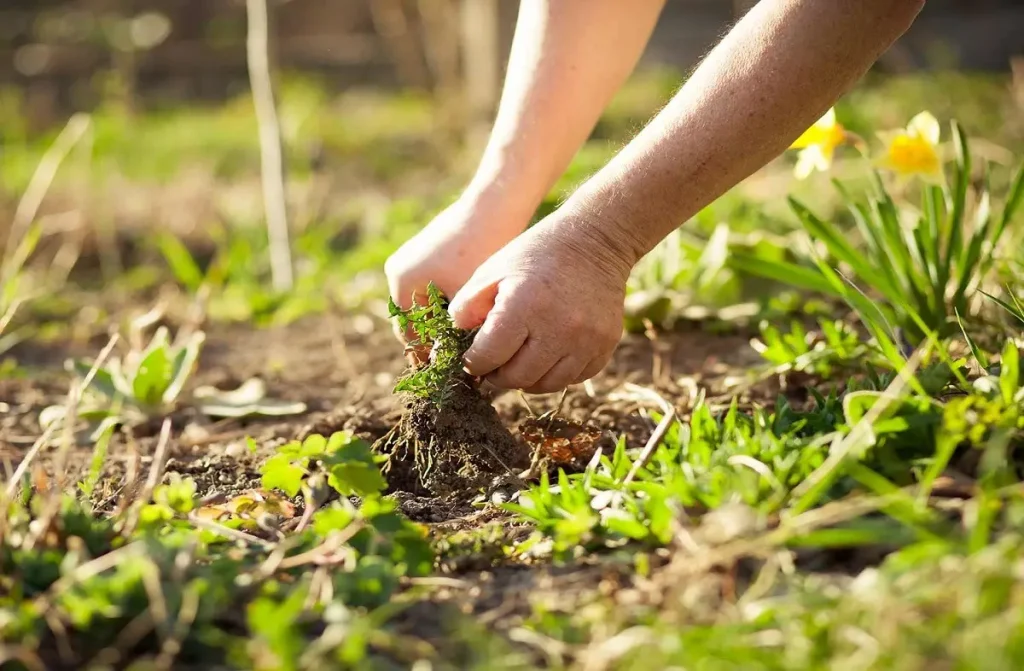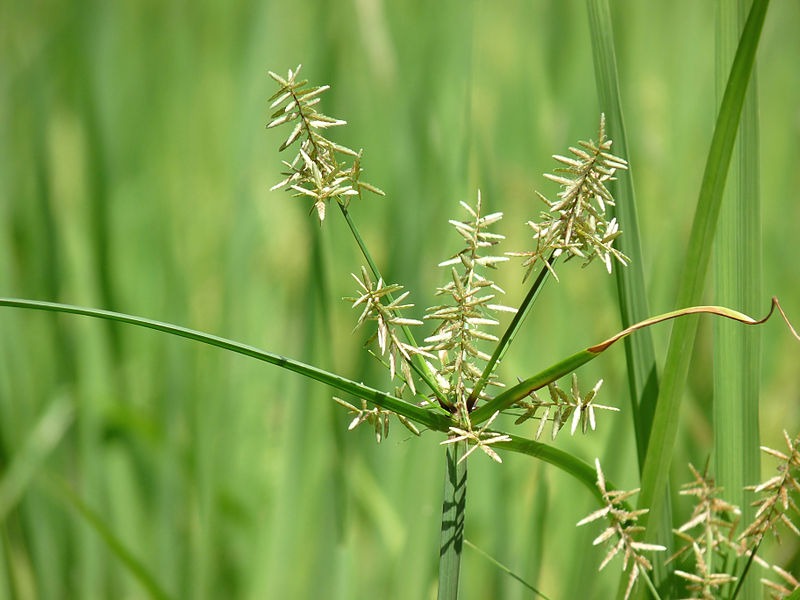Weeds can be a persistent challenge for farmers, no matter how deep you plough, they will always survive. But choosing the right herbicide can make a difference here. Paraquat Dichloride 24% SL, is a broad-spectrum, non-selective herbicide designed to control a wide range of broadleaf weeds and grasses. But how does it work? When and where should you use it? Is it safe?

In this post, we will provide you with all the information you need to understand, apply, and benefit from Paraquat Dichloride 24%. Whether you are managing tea plantations, paddy fields, or potato crops, this guide will help you maximise the advantages of this powerful herbicide while ensuring safety and environmental responsibility.
What is Paraquat Dichloride 24% SL?
Active Ingredients: This herbicide is formulated with 24% Paraquat Dichloride, a highly effective herbicide known for its rapid action against weeds. This formulation is designed to be absorbed by the foliage, targeting the plant’s photosynthesis process and causing cellular damage.

Formulations: This herbicide is a liquid formulation intended for foliar spray application. It is designed for use in various agricultural settings, ensuring effective weed control in crops such as tea, potatoes, cotton, and more.
Why Use Paraquat Dichloride ?
This formulation is a fast-acting herbicide, making it an essential tool for farmers dealing with stubborn weeds. It works by disrupting the photosynthesis process in plants, leading to rapid cell damage and death. This non-selective herbicide is highly effective against both broadleaf weeds and grasses, making it suitable for various agricultural and non-agricultural settings.
Whether you’re managing fruit orchards, tea plantations, or field crops, Paraquat Dichloride 24% ensures that your fields remain weed-free, promoting healthier crop growth.
How Does It Work?
Mode of Action: Paraquat Dichloride works through contact action. Once absorbed by the foliage, it interferes with photosynthesis by generating superoxides, which damage cell membranes and cytoplasm. This leads to the rapid death of the plant tissue that comes into contact with the herbicide. Since it doesn’t have residual soil activity, it only affects the foliage it touches, allowing for selective control of weeds without damaging the root systems.
How to Use Paraquat Dichloride
Dosage: The recommended dosage varies based on the crop and weed pressure. Generally, the application rate is between 2.5 to 3 litres per hectare, mixed with around 500 litres of water. For domestic use, a dose of 10 ml per litre of water is recommended.

Application: Paraquat Dichloride 24% is applied as a foliar spray. Ensure even coverage of the targeted weeds to maximise effectiveness. Apply in the early morning or late afternoon to avoid evaporation and maximise absorption.
Crop-Specific Instructions
- Tea:
- Target Weeds: Borreria Hispida, Imperata cylindrica, Seteria sp.
- Dosage: 2.5-5.0 litres per hectare for season-long weed control.
- Dilution: Mix with 200-400 litres of water.
- Application: Use in the initial application for broad-spectrum control, and repeat spot application as needed.
- Potato:
- Target Weeds: Chenopodium sp., Cyperus rotundus.
- Dosage: 2.0 litres per hectare.
- Dilution: Mix with 500 litres of water.
- Application: Apply post-emergence to target both broadleaf and grassy weeds effectively.
- Cotton:
- Target Weeds: Digera arvensis, Cyperus iria.
- Dosage: 2.5-3.0 litres per hectare.
- Dilution: Mix with 500 litres of water.
- Application: Apply during early weed growth stages for effective control.
- Paddy:
- Target Weeds: Ageratum conyzoides, Echinochloa crusgalli.
- Dosage: 1.25-3.5 litres per hectare.
- Dilution: Mix with 500 litres of water.
- Application: Use post-emergence for control of both broadleaf weeds and grasses.
- Grapes:
- Target Weeds: Cyperus rotundus, Cynodon dactylon.
- Dosage: 0.8-2.0 litres per hectare.
- Dilution: Mix with 500 litres of water.
- Application: Focus on weed-infested areas to manage perennial weeds effectively.
- Aquatic Weeds:
- Target Weeds: Eichhonia crassipes, Hydrilla.
- Dosage: 1.68 litres per hectare.
- Dilution: Mix with 1000 litres of water.
- Application: Apply directly to aquatic weeds, ensuring thorough coverage.
Where to buy Paraquat Dichloride 24%
Are you wondering where to buy it ?

Criyagen’s Criya-Quat, formulated with Paraquat Dichloride 24% SL, is a broad-spectrum, non-selective herbicide that delivers fast-acting control over a wide range of broadleaf weeds and grasses. Within minutes of application, Criya-Quat becomes rain-fast, making it a reliable and efficient solution for maintaining weed-free crops and promoting healthier plant growth.
Criya Quat is available at AgriApp.
Download AgriApp from Playstore and avail a 100 OFF on your first order.
Safety and Toxicity
Signs of Toxicity
CRIYA-QUAT is a hazardous herbicide, and exposure can lead to serious health risks. Symptoms may include difficulty breathing, nausea, and skin irritation. If you experience any of these symptoms, seek medical attention immediately.
Protective Measures
Always wear protective clothing, including gloves, goggles, and a mask, when handling CRIYA-QUAT. Avoid direct contact with skin and eyes, and do not inhale the spray. After use, wash thoroughly and change clothes to reduce exposure risks.
Environmental Impact
CRIYA-QUAT is toxic to aquatic life and should be applied with caution near water bodies. It is also rain-fast within minutes of application, reducing the risk of run-off. However, care must be taken to prevent contamination of soil and water sources.
Most importantly!!!
Always consult with an expert before applying chemicals. Get free crop advisory service via AgriApp. Dial at +91 9108047688.
Related Articles: